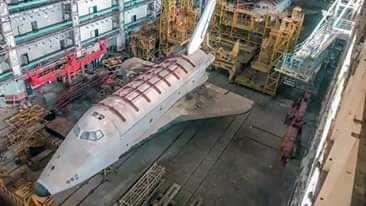To the Moon and back, twice.
It is mainly about greater reliability.

To the Moon and back, twice.
It is mainly about greater reliability.
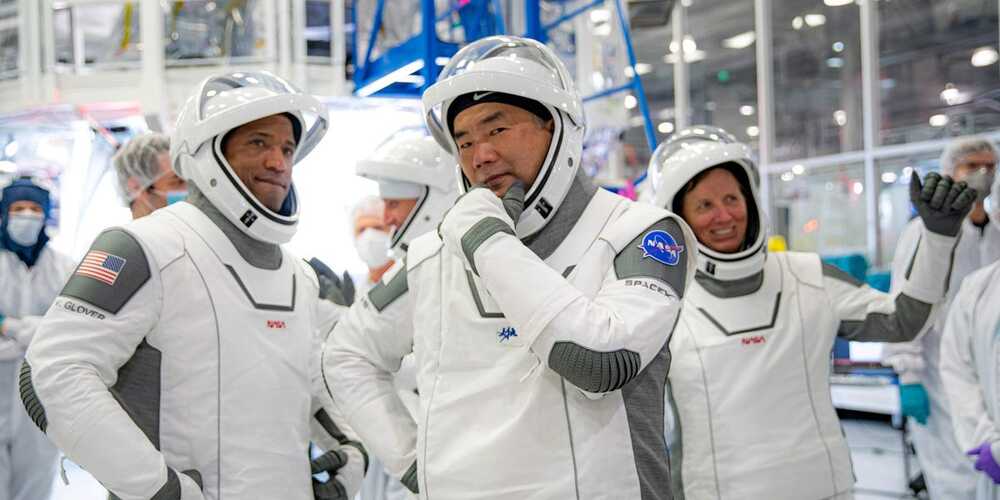

Does the real future of Space exploration lie with enlightened private entrepreneurs such as Bezos & Musk or do national agencies still have a part to play? https://www.nytimes.com/2020/10/13/science/
Blue Origin’s New Shepard rocket hasn’t flown space tourists yet, but it has found a business niche with NASA and private science experiments.
A bit of a personal post, but it is very dear to me. Please share to everyone you know (especially to a SpaceX recruiter):
In today’s special video, I talk about why I want to apply to SpaceX as an associate buyer. This job application is very special to me because SpaceX has been my dream company ever since highschool. As such, if you find this video worthy, please share (especially to any SpaceX recruiters).
Discord Link: https://discord.gg/brYJDEr.
Patreon link: https://www.patreon.com/TheFuturistTom.
Please follow our instagram at: https://www.instagram.com/the_futurist_tom.
For business inquires, please contact [email protected]
Circa 2018
The speed of space travel is currently limited by the quantity of chemical fuel that spacecraft must carry. Robert Zubrin, President of Pioneer Astronautics, introduces the dipole drive — a new propulsion system which uses ambient space plasma as propellant, thereby avoiding the need to carry its own.
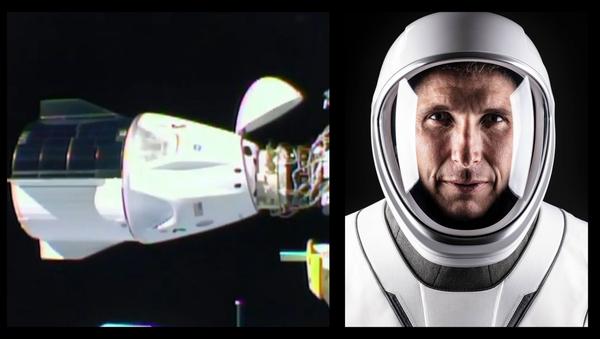
SpaceX launched NASA and Japan Aerospace Exploration Agency (JAXA) astronauts atop a Falcon 9 rocket aboard the Crew Dragon Resiliece spacecraft on a voyage to the International Space Station (ISS) on Sunday. After a 27-hour trip, Crew-1 NASA astronauts Michael, Victor Glover, Shannon Walker, and JAXA astronaut Soichi Noguchi arrived to the orbiting laboratory on Monday night. Dragon Resilience docked to the station’s Harmony module where it will remain until the astronauts head back to Earth. “SpaceX, this is Resilience, excellent job right down the center,” radioed SpaceX mission control in Hawthorne, California. “SpaceX and NASA, congratulations. This is a new era of operational flights to the International Space Station from the Florida coast.”
Upon arrival Crew-1 astronauts were welcomed by Expedition 64 crew members, NASA Astronaut Kate Rubins and Russian cosmonauts Sergey Kud-Sverchkov and Sergey Ryzhikov. Crew-1 astronauts will stay at the space station for six months to conduct science research. This is the first long-duration ISS crew in history that features seven members. The space station does not have enough sleeping quarters for all members, only for six. So, one of the Crew-1 astronauts will sleep aboard the Crew Dragon spacecraft.
NASA Astronaut is Commander of the Crew-1 mission, he decided he will be who sleeps inside Crew Dragon while its docked at the space station. said he will sleep inside the spacecraft until another sleeping pod is delivered to ISS, which could arrive three months from now or after the Crew-1 is scheduled to return. He shared that it is an old tradition for a commander to sleep inside the spacecraft. —“I think there’s a tradition that oftentimes in the shuttle days, the commander usually slept in the cockpit,” said during a press conference. “So, at least for me, it just felt right that was where I needed to be. If any of us were going to sleep there, I felt like it should have been me.”
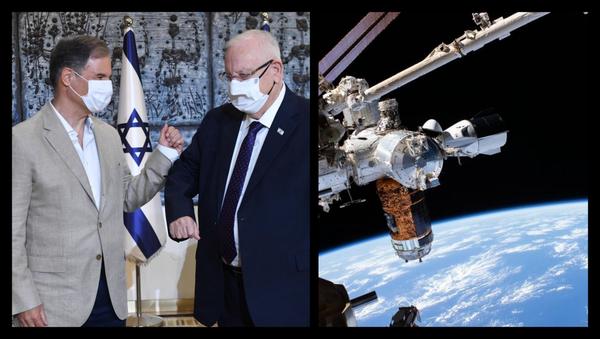
Axiom Space, a start-up from Houston, Texas, signed a deal with SpaceX to launch a crew of four private passengers atop a Falcon 9 rocket aboard the Crew Dragon spacecraft on a voyage to the International Space Station (ISS). The mission, known as AX-1, will be the first fully-commercial private passenger mission in history, scheduled to launch during the second half of 2021. “This history-making flight will represent a watershed moment in the march toward universal and routine access to space,” Axiom Chief Executive Officer Michael Suffredini said in a press release earlier this year. “This will be just the first of many missions to ISS to be completely crewed and managed by Axiom Space – a first for a commercial entity. Procuring the transportation marks significant progress toward that goal, and we’re glad to be working with SpaceX in this effort.”
The private passengers will be lead by former NASA Astronaut Michael Lopez-Alegria, who has been to space four times; he will be Axiom’s AX-1 Mission Commander. After SpaceX successfully launched four Crew-1 astronauts to the space station this week, Lopez-Alegria shared his excitement to soon ride aboard SpaceX spacecraft. “God willin’ and the creek don’t rise, I’ll be leading the AX-1 crew on the first purely commercial orbital mission in history a little over a year from now — on this very SpaceX Crew Dragon capsule. It’s gonna be a Blast!” Lopez-Alegria said.
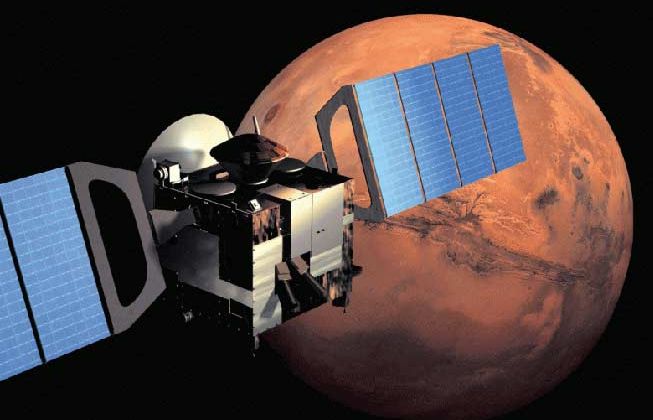
In Project Apollo, life support was based on carrying pretty much everything that astronauts needed from launch to splashdown. That meant all of the food, air, and fuel. Fuel in particular took up most of the mass that was launched. The enormous three-stage Saturn-V rocket was basically a gigantic container for fuel, and even the Apollo spacecraft that the Saturn carried into space was mostly fuel, because fuel was needed also to return from the Moon. If NASA’s new Orion spacecraft takes astronauts back to the Moon, they’ll also use massive amounts of fuel going back and forth; and the same is true if they journey to a near-Earth asteroid. However, once a lunar base is set up, astronauts will be able use microorganisms carried from Earth to process lunar rock into fuel, along with oxygen. The latter is needed not just for breathing, but also in rocket engines where it mixes with the fuel.
Currently, there are microorganisms available naturally that draw energy from rock and in the process release chemical products that can be used as fuel. However, as with agricultural plants like corn and soy, modifying such organisms can potentially make a biologically-based lunar rock processing much more efficient. Synthetic biology refers to engineering organisms to pump out specific products under specific conditions. For spaceflight applications, organisms can be engineered specifically to live on the Moon, or for that matter on an asteroid, or on Mars, and to synthesize the consumables that humans will need in those environments.
In the case of Mars, a major resource that can be processed by synthetic biology is the atmosphere. While the Martian air is extremely thin, it can be concentrated in a biological reactor. The principal component of the Martian air is carbon dioxide, which can be turned into oxygen, food, and rocket fuel by a variety of organisms that are native to Earth. As with the Moon rocks, however, genetic techniques can make targeted changes to organisms’ capabilities to allow them to do more than simply survive on Mars. They could be made to thrive there.
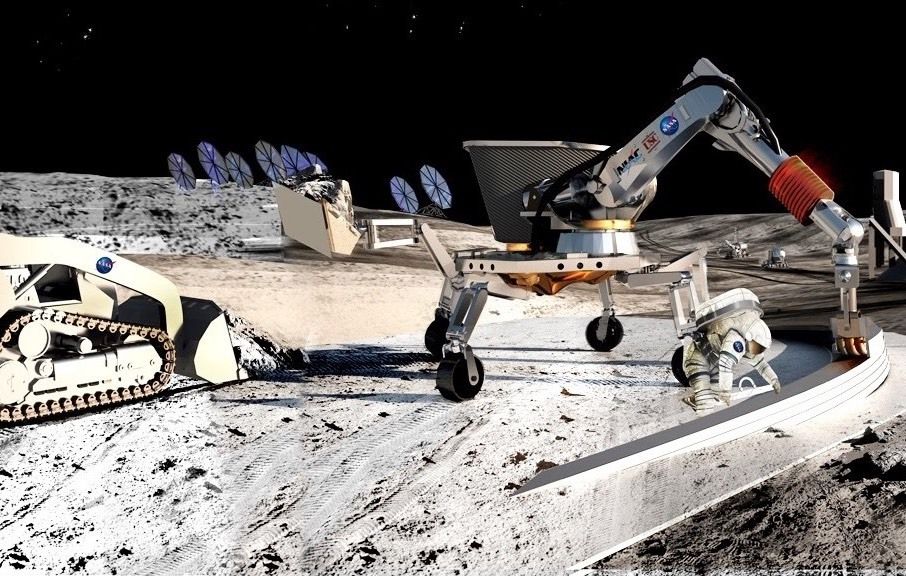
There is some precedent for international treaties regarding the exploration of other worlds, most-notably the Outer Space Treaty of 1976 or the Artemis Accords. But these amount to little more than non-aggression pacts. The COSPAR convention came closer to what is needed by declaring the inherent hazards to science and terrestrial life that go with exploring other worlds. However, at present, such documents merely recommendations to governments and industry. There are no current means for enforcing the guidelines.
Elon Musk, the founder of SpaceX, talks with Commercial Crew astronauts and the current NASA Administrator, Jim Bridenstine. The merger between the public and private sectors of the aerospace industry is seen clearly with the partnership between NASA and SpaceX, as it was the first private company to bring American astronauts to the International Space Station.
